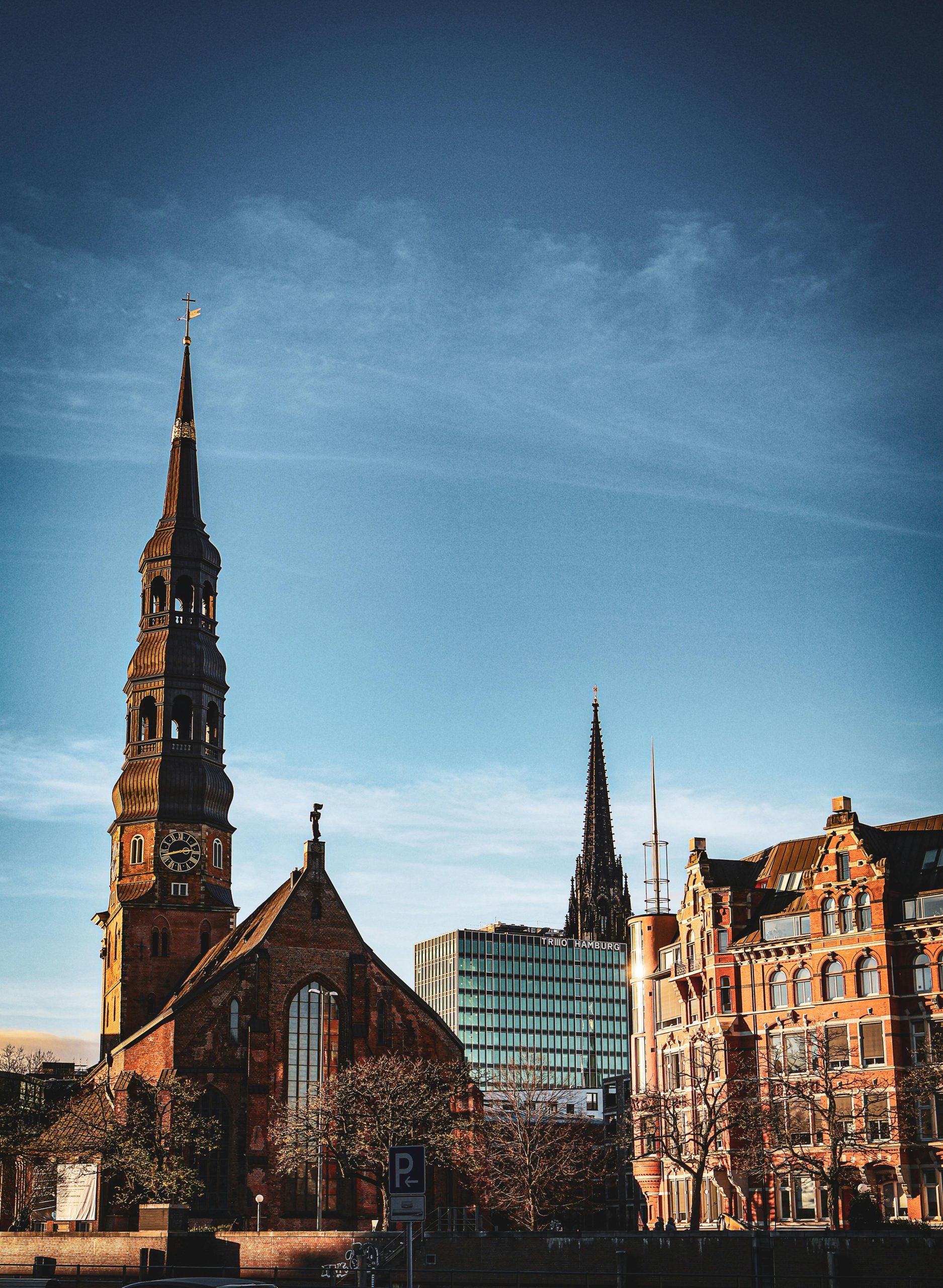Exploring the Layers of History: A New Illustrated Map of St Paul’s Cathedral
Greetings, fellow history and art enthusiasts! I am thrilled to share my latest endeavor in my illustrated map series that dives deep into the rich tapestry of London’s history.
Having recently completed a comprehensive map of the Barbican area (which I’ve included for your viewing pleasure), I am now embarking on an exciting new project centered around the iconic St Paul’s Cathedral. This piece will take a unique approach: I plan to integrate the current cathedral’s design with the footprint of its medieval predecessor, which tragically fell victim to the Great Fire of 1666.
The aim of this project is to highlight the significance and grandeur of a structure that has faded from collective memory, even though it once stood as one of the largest churches in Europe. By juxtaposing the old and the new, my hope is to evoke a sense of scale and historical presence that resonates with viewers.
I look forward to sharing progress updates and insights as I work on this piece in the coming weeks. If anyone possesses historical knowledge or intriguing anecdotes about St Paul’s Cathedral or its surroundings, I would be eager to hear your thoughts!
For those interested in following my creative journey, feel free to connect with me on Instagram at @marcusdobbs. Let’s explore history together!


Fascinating Project – A Truly Insightful Approach to London’s Architectural History
Thank you for sharing this exciting new map project focused on St Paul’s Cathedral. As a London resident, I deeply appreciate efforts that highlight the city’s layered history. Your approach of integrating the medieval footprint with the current structure offers a powerful visual narrative that reminds us of London’s resilience and evolving architectural legacy.
Historically, the site of St Paul’s has been a symbol of continuity amidst change. The original cathedral, completed in the 17th century, was itself a masterpiece of its time before being tragically destroyed in the Great Fire. Your emphasis on illustrating the transition from that medieval predecessor to the magnificent Baroque-style cathedral we see today can deepen our understanding of how London’s skyline has transformed over centuries.
Additionally, I’d love to see your map explore surrounding landmarks—such as the ruins of Old St Paul’s in Old Bailey—and how they interconnected with the city’s development through different eras. Perhaps including nearby historical sites or plots of land that have shaped the evolution of this iconic area.
Looking forward to seeing your progress. As a local, I believe such projects enrich our appreciation for the layers of history right on our doorstep. Best of luck with this meaningful work!
Fascinating Project – A Truly Historical Perspective
As a London resident, I find your approach to illustrating St Paul’s Cathedral exceptionally insightful. The concept of combining the current structure with its medieval predecessor offers a compelling visual narrative that truly highlights London’s layered history.
Did you know that the original St Paul’s, before the Great Fire, was renowned for its impressive dome and intricate design, which influenced many subsequent church architectures across Europe? Integrating that ancient footprint into your map not only emphasizes architectural evolution but also connects viewers with a pivotal moment in London’s history.
It might be interesting to include some references to the surrounding areas, such as the changes in the City of London’s skyline and the impact of events like the Blitz, which also shaped the cathedral’s subsequent renovations. These contextual touches could enrich your map and deepen viewers’ appreciation of St Paul’s resilience through centuries.
Looking forward to seeing your finished work – it’s projects like yours that bridge art and history beautifully. Best of luck with this exciting venture!